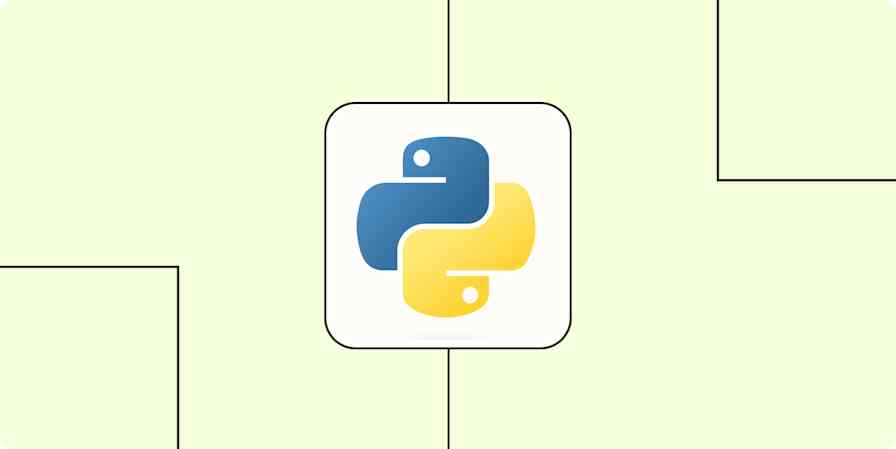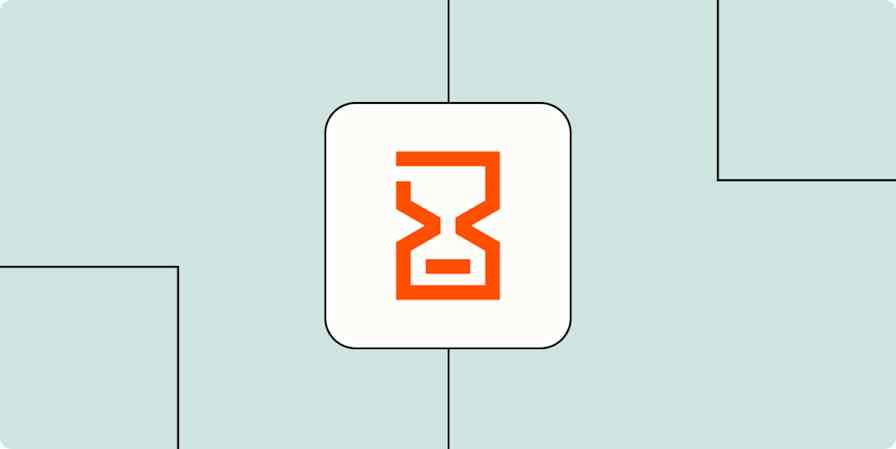App tips
3 min readTo get the most out of automation, try using it less
What Naruto and T-Pain can teach us about automation
By Tyler Robertson · August 17, 2021

Get productivity tips delivered straight to your inbox
We’ll email you 1-3 times per week—and never share your information.
tags
Related articles
Improve your productivity automatically. Use Zapier to get your apps working together.







